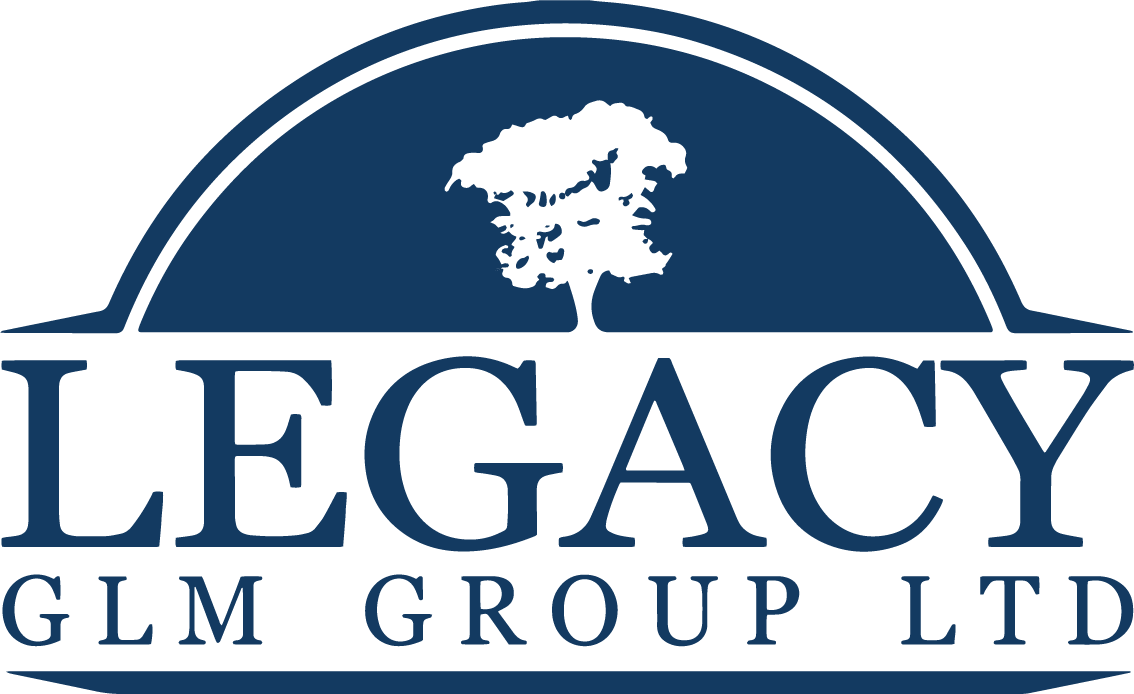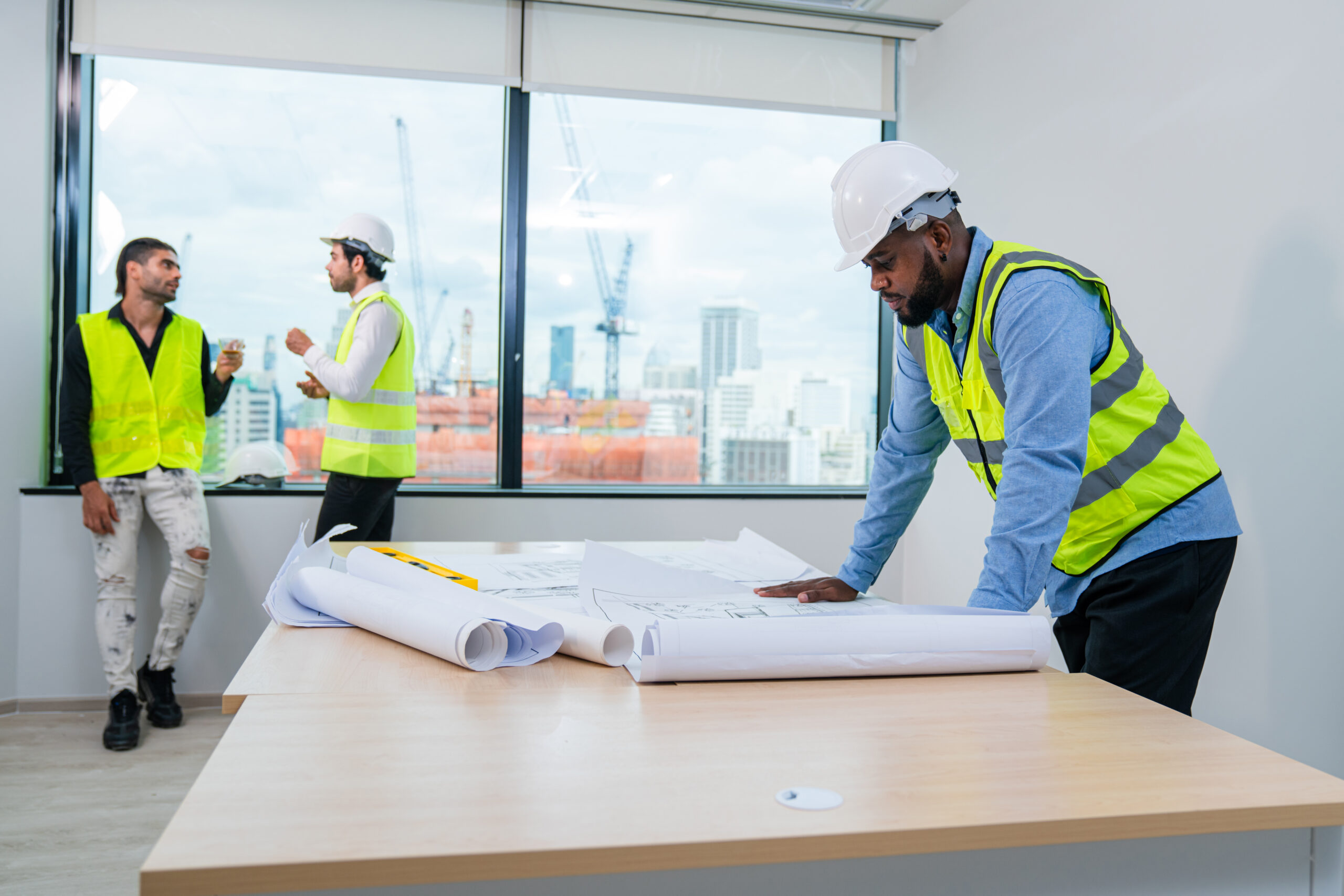
Renovating an office isn’t just about fresh paint or new furniture – it’s about creating a space that actually works for your team and supports how they get things done. A well-planned commercial office renovation can improve workflow, help people focus, and even make day-to-day tasks easier. Whether you’re dealing with outdated layouts, poor lighting, or just need more meeting rooms, the right changes can make a big difference. This article breaks down what to consider before starting your project and how to make choices that fit your business goals without wasting time or money. Let’s look at what really matters.
Understanding the Needs of the Modern Workplace
Work habits have changed. People move around more, use different tools, and often need quiet spots as much as shared ones. A workplace today needs to support all of that. One-size-fits-all setups no longer help teams get things done.
Before starting a commercial office renovation, it’s important to look at how your team actually works. Do they hold lots of meetings? Do workers spend most of their day at desks or do they shift between tasks and spaces? Some may need private rooms for phone calls, while others may benefit from open areas where ideas can flow freely.
Technology plays a big role now too. Workers rely on screens, video calls, fast internet, and power access in many places—not just at desks. The space has to allow for these tools without getting in the way or creating clutter.
Flexibility matters as well. Teams grow or shrink over time. Some projects require more people working closely together; others don’t. So it helps when furniture can be moved easily or when rooms can serve more than one purpose.
Lighting also affects how people feel and focus during the day. Natural light boosts energy levels while poor lighting causes strain and tiredness. Sound is another factor – too much noise makes it hard to concentrate, but total silence can feel uncomfortable too.
By paying attention to these patterns before any changes begin, business owners make smarter choices about what features will really help their teams perform better each day.
These early steps shape every part of the update – from layout decisions to wiring plans – making sure each change supports real tasks instead of just looking different on paper.
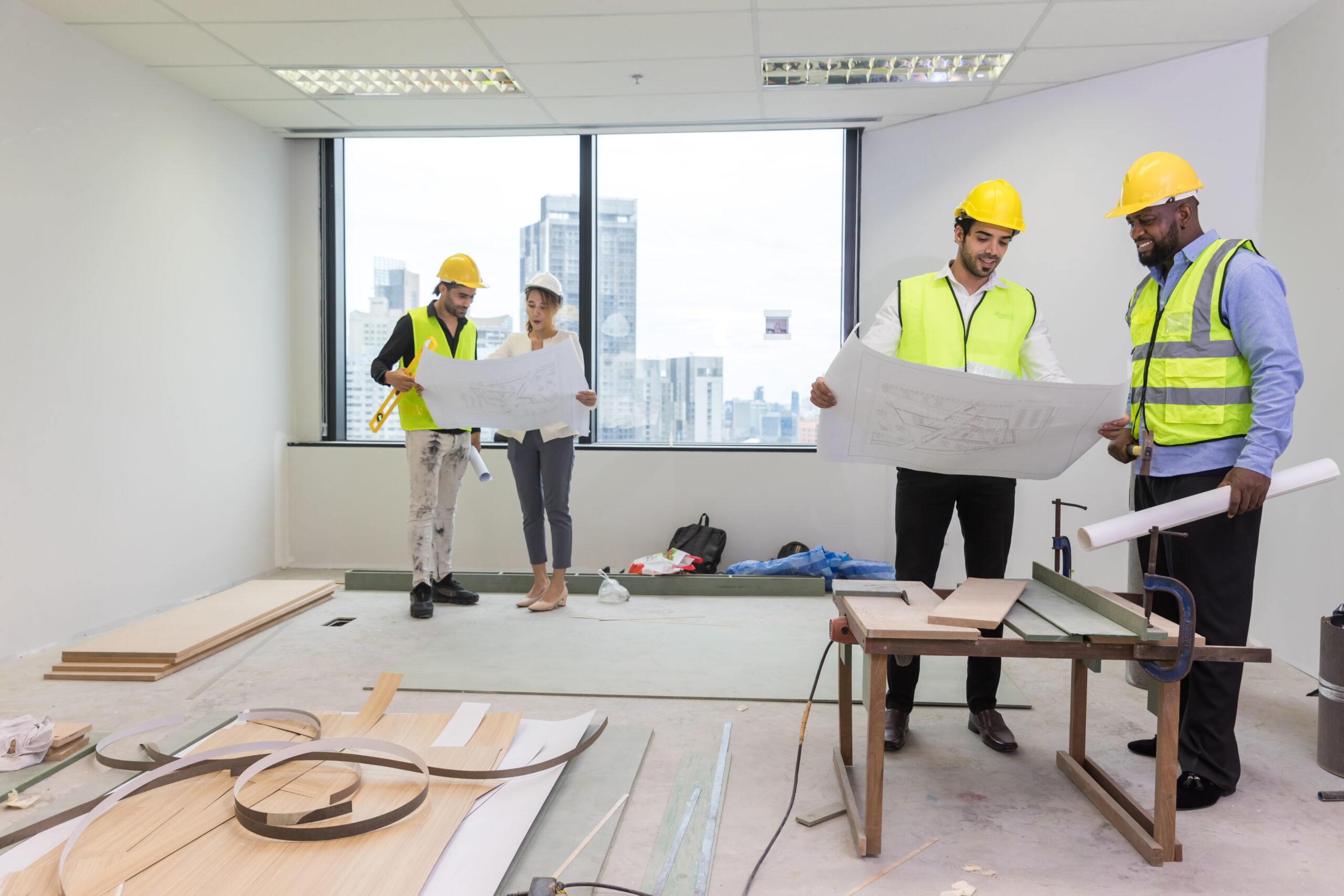
Design Trends That Reflect Professionalism and Innovation
Workplaces change fast. Businesses want spaces that stay useful and make people feel focused. A few popular design choices help companies do both. These trends show care for comfort while also keeping things neat and efficient.
One of the most common updates in a commercial office renovation is using open layouts. This setup removes walls or barriers between desks. Teams can talk more easily and solve problems faster. It also helps managers see what’s going on without feeling distant from their groups.
Another smart move is switching to ergonomic furniture. Chairs with proper support, desks at better heights, and flexible setups reduce strain during long hours. When workers feel less tired, they often get more done.
Sleek finishes like smooth surfaces, matte metals, and clean lines bring a sense of order to the room. These choices avoid clutter and help offices look organised without being cold or stiff. Visitors see these details right away, which sets a strong tone for meetings or first impressions.
Lighting plays a big part too. More natural light through windows or skylights makes rooms brighter during the day. For darker areas, simple fixtures with soft tones keep eye strain low while still giving enough light to focus.
Some businesses also choose shared spaces like lounges or quiet booths instead of formal meeting rooms only. This lets people pick how they want to collaborate depending on the task at hand.
These updates don’t just improve looks – they change how people use space every day. They show that the company values clear thinking, teamwork, and practical upgrades over flashiness or trends that fade fast.
By choosing thoughtful designs like these, businesses create places where people can think clearly and move through tasks without distractions getting in the way.
The Importance of a Strategic Commercial Office Renovation
A workspace should support how a team works every day. When it doesn’t, things can feel disjointed. A office renovation gives companies the chance to fix that. It’s not just about changing how a place looks – it’s about making sure the space matches what the business stands for and what it needs to get done.
Every company has goals. Some want better teamwork, others focus on faster processes or more client meetings. The layout of an office can help or hurt those plans. A smart renovation starts by asking: What do we need this space to do? Maybe walls need to come down for open collaboration, or maybe quiet zones matter more for focused tasks.
Energy use is another key part of planning. Older systems often waste power and drive up bills. Updating lighting, air systems, and insulation during renovation helps lower costs over time. It also creates better comfort for people who spend hours at their desks.
Brand identity plays a role too. The design of a workplace says something about the company behind it – how it operates, what it values, and how it treats its team members and visitors alike. From colors to furniture choices to where meeting rooms go – these factors shape impressions before anyone says a word.
It all comes down to purpose-driven decisions that reflect long-term thinking rather than quick fixes or surface updates alone. By focusing on both function and message, businesses make sure their offices support growth instead of holding progress back.
Done right, these changes lead to smoother daily routines, fewer distractions, improved morale, and even stronger hiring appeal when showing potential employees around the space they’d be working in every day.
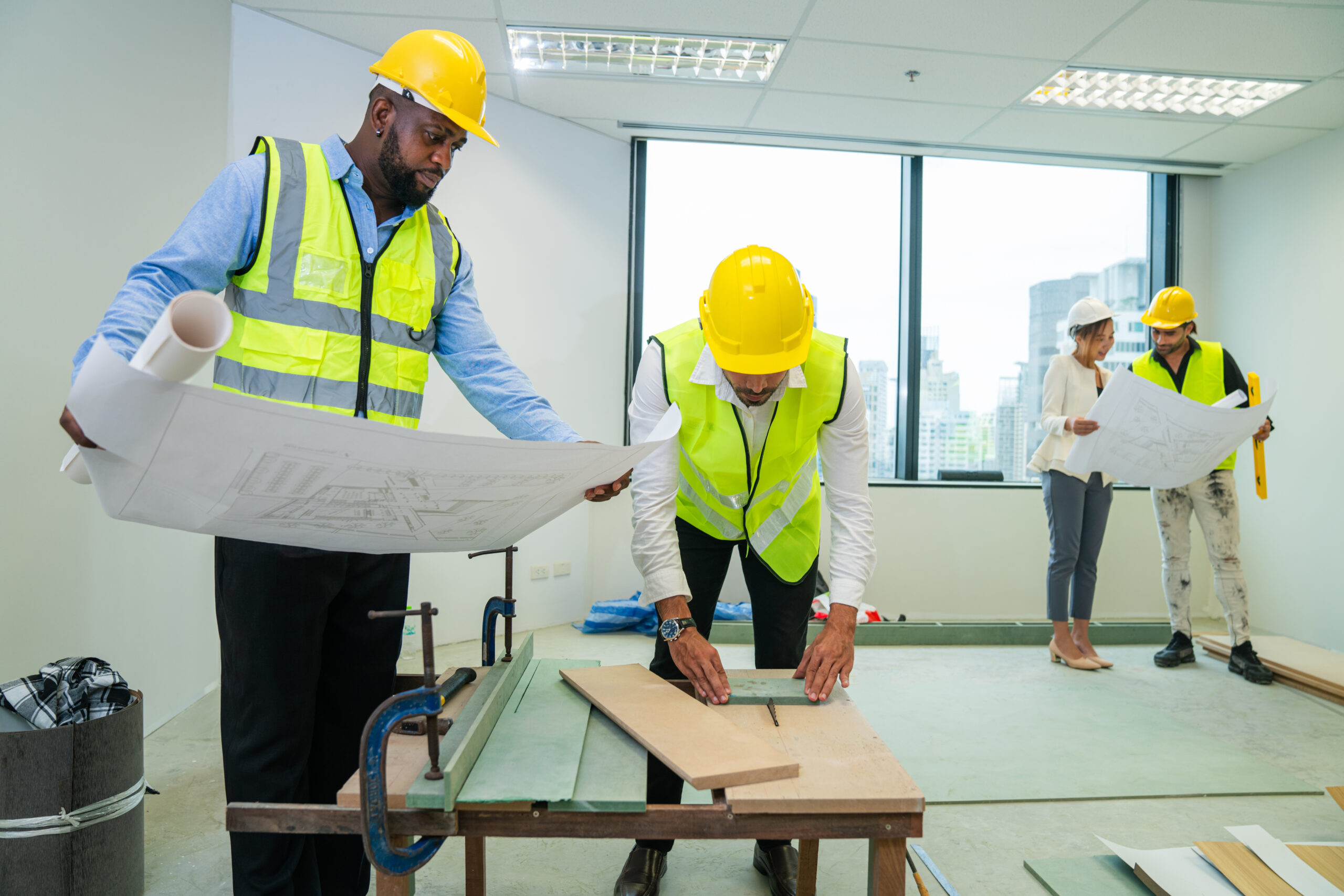
Choosing the Right Renovation Partner for Your Vision
Finding someone to handle your commercial office renovation isn’t just about hiring a contractor. It’s about working with a team that gets what you’re trying to build. You want people who listen, ask questions, and understand how business works day-to-day.
Start by looking for companies that have done similar projects. Ask them what types of spaces they’ve worked on before. If they’ve handled offices like yours, there’s a better chance they’ll understand your needs from the start. They’ll know what challenges might come up and how to deal with them without slowing down progress.
Check if they can stick to deadlines and keep costs under control. A reliable team won’t make promises they can’t keep. They’ll walk you through timelines and give real estimates based on past jobs. This helps avoid surprises later on.
It also helps when your renovation partner understands both layout planning and how businesses run. A good team won’t just focus on walls or floors – they’ll think about how your space supports daily tasks, meetings, client visits, and more. The right setup makes things easier for everyone using the space.
Ask who will be managing the project day-to-day. You should know who’s checking in regularly, making decisions quickly, and keeping everything moving forward. Good communication matters just as much as tools or materials.
A strong partnership means fewer delays and better results that match what you pictured from the beginning. When expectations stay clear between both sides, it’s easier to get through each step without confusion or wasted effort.
You don’t need fancy extras – just a group that knows their job well and respects yours too. Look for experience where it counts: sticking to plans, solving problems fast, and staying focused on what your business actually needs from its workspace.
Elevating Workspaces to Meet Modern Demands
As the workplace continues to evolve, creating an office that reflects both professionalism and innovation is more important than ever. A thoughtful commercial office renovation goes beyond aesthetics – it supports productivity, aligns with company culture, and adapts to the needs of today’s workforce. By understanding current design trends, recognising strategic goals, and choosing the right renovation partner, businesses can transform their spaces into dynamic environments that inspire success. Whether you’re refreshing an outdated layout or reimagining your entire space, investing in a smart renovation is a powerful move toward future-ready operations.
